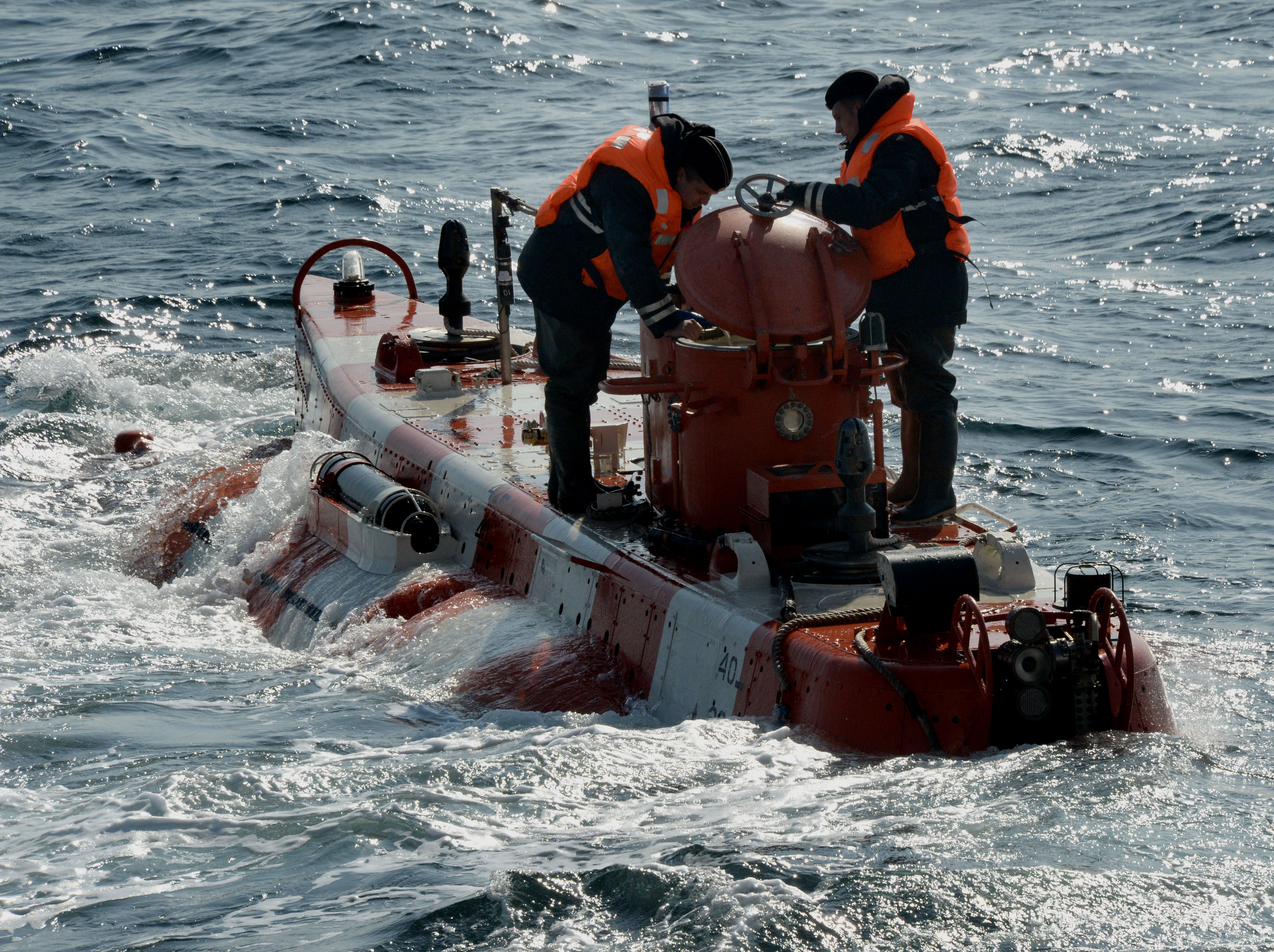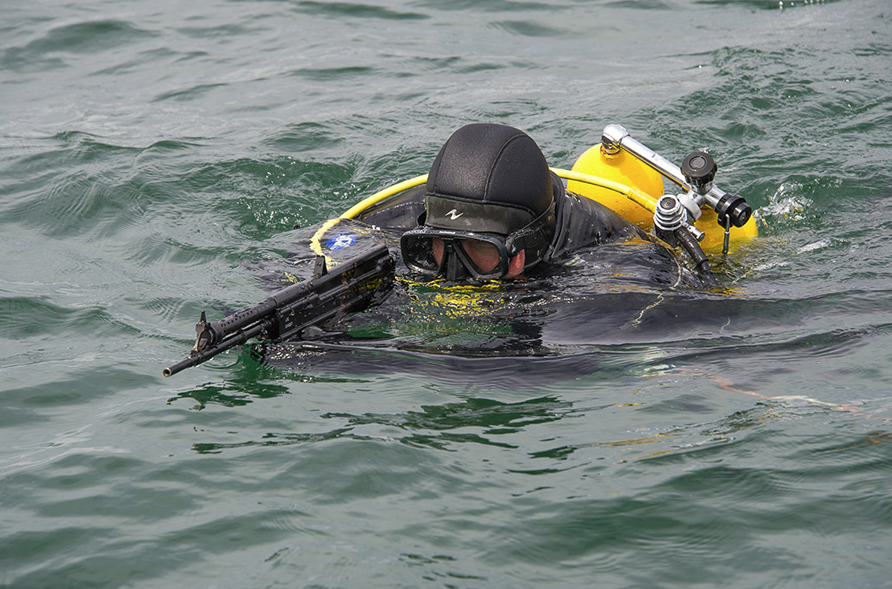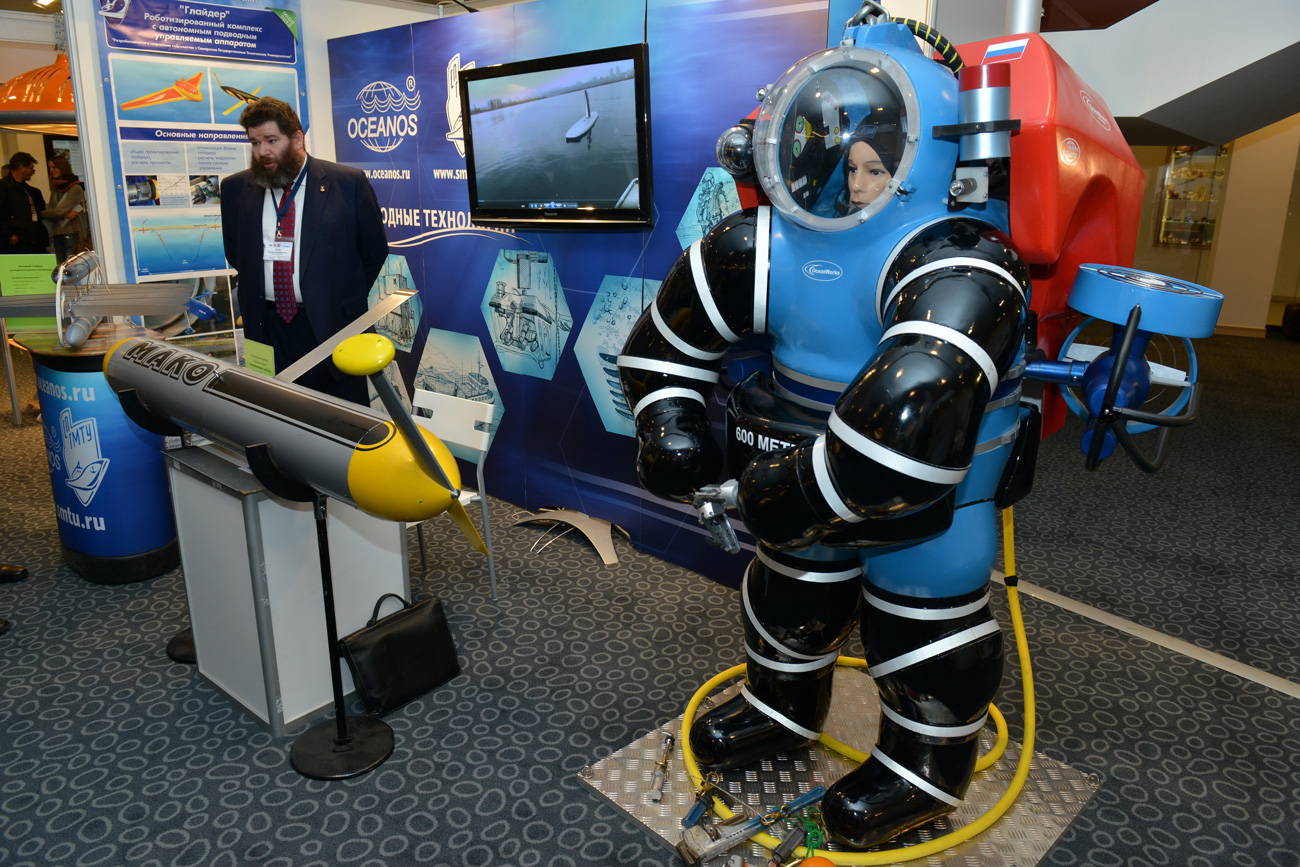Internet used by sailors underwater

Bester-1 deep submergence vehicle during a submarine crew rescue drill by the sea rescue service of the Pacific Fleet in the Peter the Great Gulf.
Vitaly Ankov/RIA NovostiThe Russian Navy has connected its submersible equipment, including submarines, robots and divers, with an underwater high-speed Internet. At the heart of this unique system, designed by the Volgograd Shtil Research Institute (member of the Okeanpribor Group), are multi-band sonar data transmission channels (SDTC) of the Dialog series, providing reception and transmission of sound and digital information.
In navy slang, these devices have already been nicknamed “underwater modems”.
Digital information, recorded in binary code, is converted into a special acoustic signal and sent to the recipient using a special mathematical algorithm embedded in Dialog modems. Using the same algorithm, the subscriber decodes the received signal. This can be used for two-way communications, as well as for conference calls between multiple objects. The acoustic signal made by these unique devices sends voice or digital information over a distance of 35 km and to a depth of 6 km. The exact distance it can travel depends on the hydrological conditions – the time of day, the season, the state of the sea, and so on.
The press service of the Okeanpribor informed Izvestia that these Dialog sonar modems have recently been installed in the unique autonomous submersibles Rus, Konsul and Bester, and the unmanned Klavesin. The Vuoksa personal mobile system is used in diving equipment.
Earlier, sonar communications devices could transmit information at a rate of no more than 3-10 kbit/s. Such traffic only allowed the stable exchange of small voice messages. However, Dialog has for the first time introduced a multi-band transmission of information, when the signal is divided into several packets transmitted simultaneously on 10 bands. This has ensured that even in the most adverse weather and hydrographic conditions, the transmission rate does not fall below 68 kbit/s.
Unlike digital communications by radio, where the data is transmitted by through electromagnetic waves, underwater channels must use acoustic waves. Here the aqueous medium complicates the transmission of acoustic signals – the Doppler effect and multipath propagation can significantly distort the original message.
To combat these phenomena, designers used unique mathematical signal processing techniques. Thanks to this, despite the complicating factors in submarine underwater communications, this underwater Internet allows subscribers to speak freely under the water “on the phone”, as well as to transmit digital packet communications. Additionally, not only by using Russian frequencies, but also using frequencies utilized by NATO ships.
Artur Abelentsev, General Director of Laboratory of Underwater Communication and Navigation LLC, told Izvestia that Russia has now overcome its lag behind the West, in terms of development of sonar communications systems; a lag that emerged after the collapse of the Soviet Union, not only in the military, but also in civilian spheres.
“We are literally standing on the shoulders of giants. Our success is connected to the strong scientific school, created in Soviet times, and the experience of creating data transmission systems under the water,” said Abelentsev. “In the past, experts at the Shtil Research Institute were able to transmit signals for a distance of 600 km. However, this is the physics of high achievement, but not very applicable in real life.”
Abelentsev said American developers working at L-3 Communications Holdings (which provides command and control, communications, intelligence, surveillance and reconnaissance systems) claim that their sonar modem has worked at the depth of the Mariana Trench – 11 km.
“Records are also being set by the Norwegian Kongsberg, the British Sonardyne and other companies,” said Abelentsev. “However, the fact is that the overwhelming volume of underwater operations in Russia is produced at depths of no more than 1 kilometre – being mostly the waters of the shelf. And here, it is important that we mass-produce such devices, to allow obtaining positioning information, and facilitate communications at this depth, for people and for all sorts of underwater vehicles.”
First published in Russian by Izvestia.
All rights reserved by Rossiyskaya Gazeta.
Subscribe
to our newsletter!
Get the week's best stories straight to your inbox

